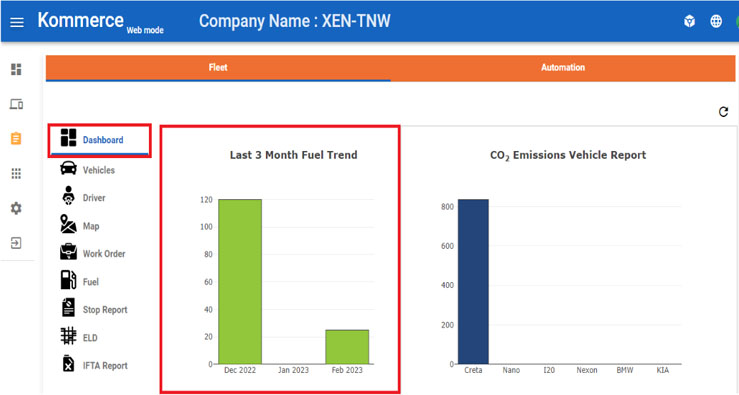
Driver tracking introduction
Driver tracking is a feature of fleet management technology that allows managers to monitor and track the performance and behavior of drivers in a fleet. The main goal of driver tracking is to improve driver safety and efficiency, and to reduce operating costs.
Features of driver tracking
![]()
Real-time GPS tracking
To monitor the location and movements of vehicles and drivers in real-time.
Driver behavior monitoring
To monitor driver behavior such as speeding, harsh braking, and idling, and provide feedback to drivers to improve their performance and safety.
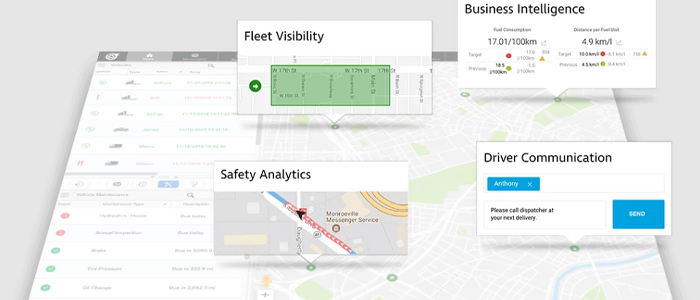

Hours of Service (HOS) compliance
To ensure that drivers are compliant with HOS regulations and to track the amount of time spent driving and resting.
Reporting and analytics
To generate reports and analytics on driver performance, including speed, fuel consumption, and vehicle utilization, to help managers make informed decisions.
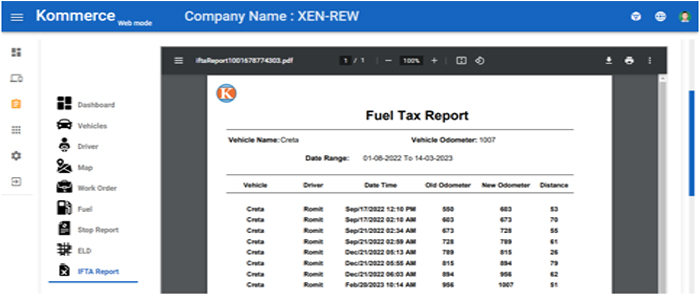

Mobile device integration
To provide drivers with real-time information and feedback on their performance and to allow for real-time communication with dispatch and management.
Safety alerts
To send real-time alerts to managers in case of unsafe driving behavior, such as speeding, sudden braking, or other hazardous actions.
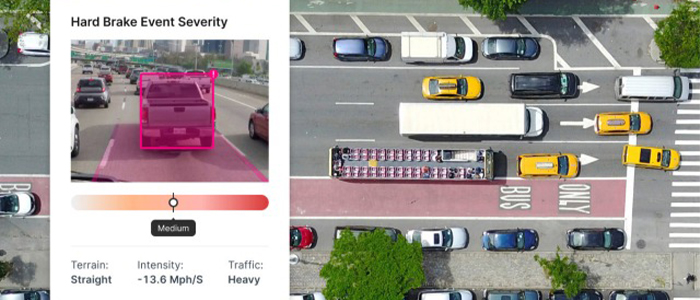
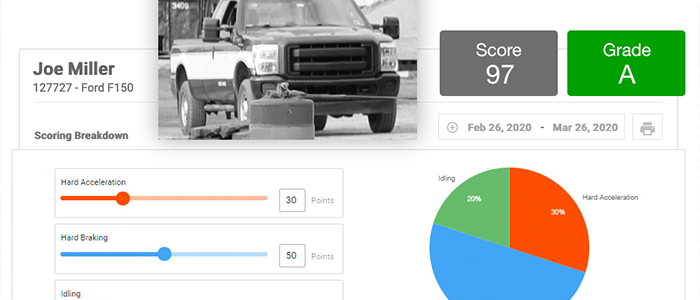
Driver scorecards
To provide drivers with performance feedback and scores, to help them understand how they can improve their driving and safety.
Driver tracking technology can help improve the safety and efficiency of a fleet by reducing incidents and accidents, improving fuel consumption and reducing operating costs. It can also help managers make informed decisions by providing real-time information on driver performance, vehicle utilization, and HOS compliance.
